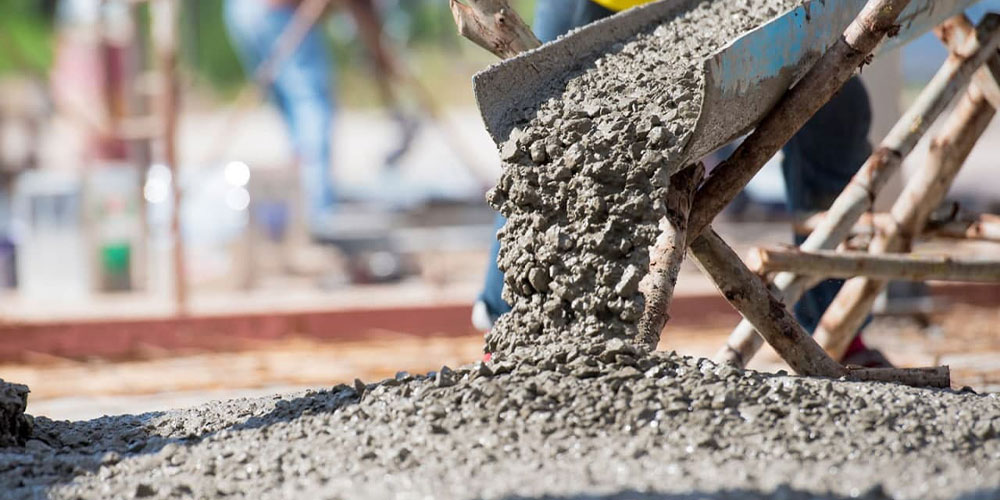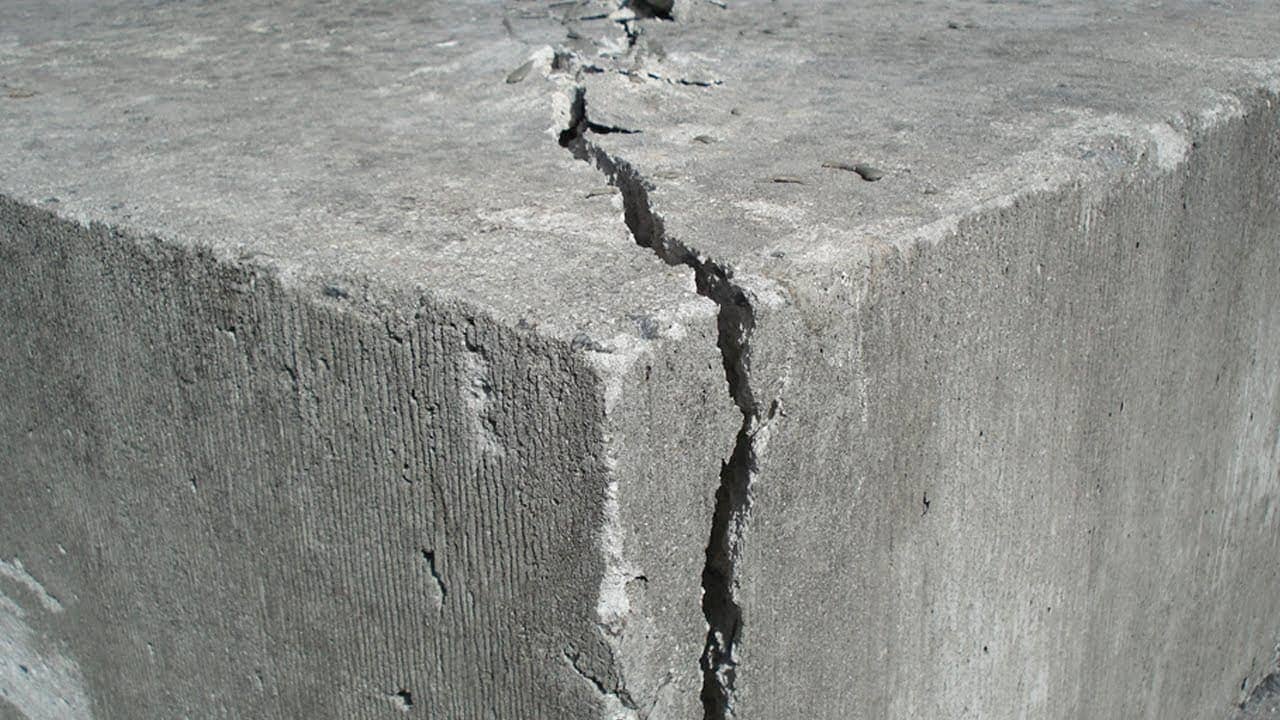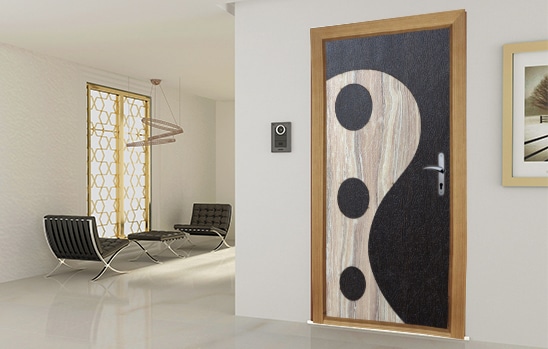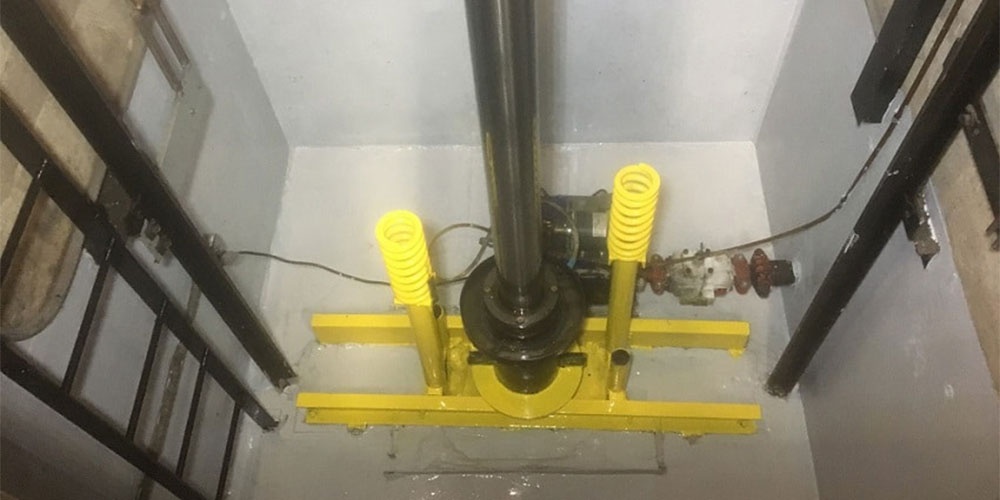Concrete is the most widely used and important material in the construction of various types of structures. Although it is strong, its composite nature and structure also present weaknesses.
These weaknesses make concrete vulnerable to the penetration of water, chemicals, and changes in weather conditions, which significantly weaken its performance and reduce the lifespan and durability of concrete structures.
There are many ways to combat the destructive factors affecting concrete, one of the most important being the use of crystalline additives, which enhance the durability and longevity of concrete.
The structure of concrete consists of aggregates, cement, and water. When cement particles react with water during hydration, they form calcium silicate, which hardens over time into a rock-like mass.
To enhance the performance of concrete, facilitate its pouring and consolidation, a greater amount of water is required for hydration. This additional water remains within the concrete mass and gradually evaporates. As a result of this evaporation, channels and capillary pores are left in the concrete, which are considered the primary causes of porosity and permeability in concrete.
The pores, holes, and capillary tubes remaining in the hardened concrete allow pathways for water and corrosive chemicals to penetrate. The more interconnected these pores are, the more permeable the concrete becomes. Excess water leads to an increase in shrinkage cracks during curing. These cracks themselves provide pathways for the passage of water and chemicals; furthermore, deeper cracks can accelerate the corrosion of rebar.
To reduce the water content in the concrete mix, a superplasticizer such as SH7 can be used. Although capillary pores, porous areas, and voids in the concrete will still remain, their dimensions will be reduced, and permeability will be somewhat decreased.









